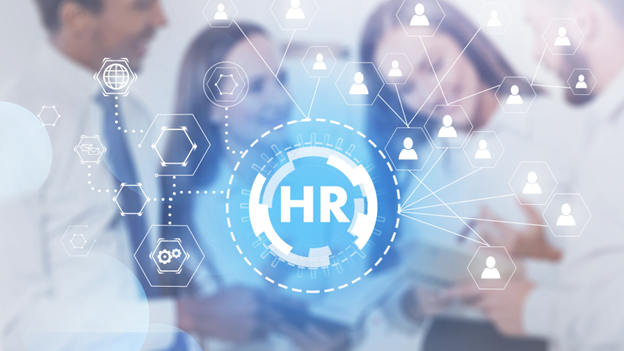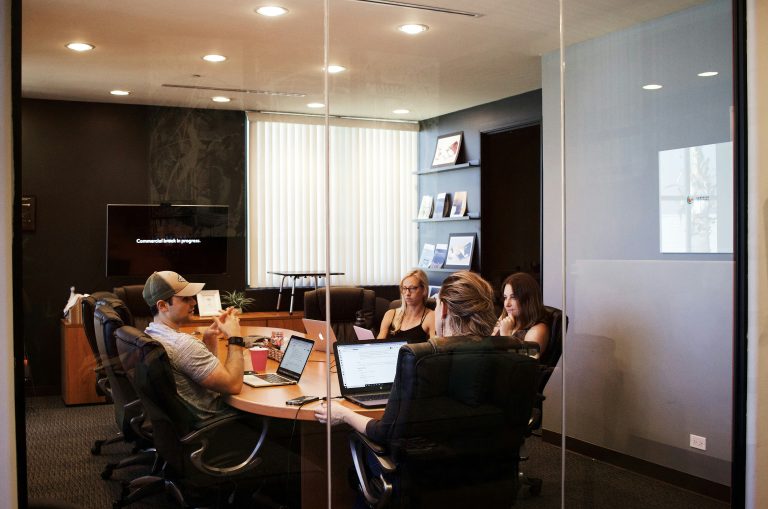The lucky South Africans who still have jobs are now going to be working from home for a total of five weeks. That’s 14 days longer than the 21 days it takes to form a habit. What does this mean for when they are expected to head back into the workplace?
Those who serve tables, style hair or sell clothes will no doubt be desperate to get back to their place of work, but this does not apply to them. They, unfortunately, are not able to do their work during our five-week lockdown. But what about the thousands of traditionally office-based workers? They’re becoming quite adept at working from home; they’re more tech-savvy than they were a month ago and are saving a lot of time, money and stress without their daily work commute and bi-weekly local-restaurant visit. So, will they go rushing back to the confines of their cubicle when this disaster is over?
In China, three months after the virus broke, people started returning to work but under incredibly strict regulations. Reports tell us of offices disinfected multiple times a day and fitted with infrared scanners for employee temperature checks. Everyone wears a mask and fills in daily health questionnaires. Numbers are limited in all spaces like lifts, bathrooms and canteens while social distancing is enforced everywhere else.
This amount of admin and logistics management will surely leave employers and employees alike wondering why? When work is easier – and less risky – to manage in the comfort of their own homes.
The benefits of a distributed workforce are well known. A year before we’d ever heard of Covid-19, Stanford University surveyed 16,000 workers in one Chinese office and found that those allowed to work from home showed a 13% increase in productivity, an increase in work satisfaction and reduced sick leave in comparison to their office-bound colleagues. There are studies from all over the globe that show similar positive results for organisations offering flexibility to their workers.
At the heart of this is the fact that flexibility allows for better work-life balance, which promotes general satisfaction and wellbeing, which in turn enhances productivity. And now, the ability to work at home also offers personal safety.
So, what does this mean for the future of the workplace?
Some companies have never had offices. Automattic, best known as the group behind WordPress and Tumblr, has never had an office; their close to 1000-strong multi-national workforce has always worked from home. And when they need to meet – they travel to do so, which brings some adventure to their days.
It’s this hybrid approach to the workplace that we’re going to start seeing post-Covid-19. People will only come to work when they need to, which might be limited to a couple of times a week. There’s no denying that one-on-one engagement with teams and clients comes with substantial benefits to relationship management, brainstorming and culture enhancement. But when the work needs to get done, it can really happen anywhere, as we’ve seen here over the past few weeks, and globally for some months now.
Organisations are going to have to move swiftly to shift attitude and amend policies to allow this change that their people are, no doubt, going to demand. Their IT gurus are going to have to refocus their thinking to improved connectivity and accessibility for their people and finance better start modelling how they will invest in more and better technology while disinvesting in brick-and-mortar structures and everything inside them.
Work is a thing you do, not a place you go to may have been a cliché before, but it’s going to be the mantra of millions of office-based workers in the future.
Stefano Migliore is the Executive Director at SiSebenza.


























